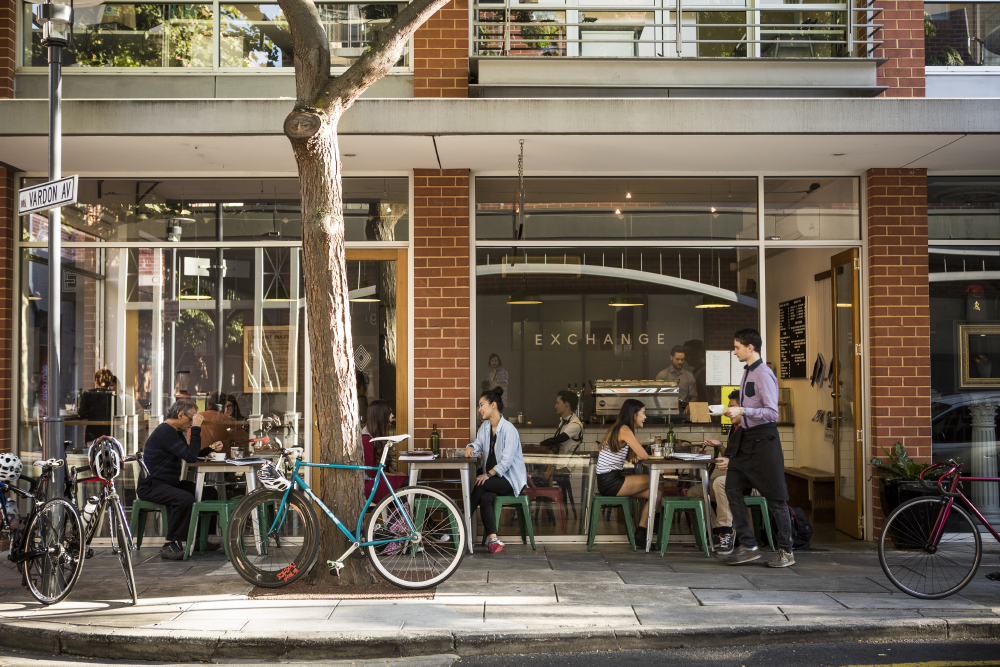Data Wrap - Employment falls sharply in response to COVID-19

The Australian Bureau of Statistics job numbers for April show that employment activity contracted sharply across Australia in response to social distancing and other shutdown measures that were introduced to slow the spread of COVID-19. The latest survey coincides with the period when such restrictions reached their fullest extent.
Total employment in South Australia measured in seasonally adjusted terms fell by 4.8 per cent in April. This was approximately double the previous largest fall which was recorded during the early 1990s recession (-2.5 per cent in July 1991). Similar declines were recorded across other states, ranging from a low of -3.4 per cent in Tasmania to a high of -5.4 per cent in New South Wales. Nationally, employment fell by 4.6 per cent.
The impacts of social distancing were even more apparent for hours worked. Seasonally adjusted hours worked in all jobs for South Australia fell by 10 per cent in April, while at the national level hours worked fell by 9.2 per cent.
Unemployment rates also rose sharply in April, but not to the degree suggested by proportional reductions in employment. South Australia’s seasonally adjusted unemployment rate rose by 0.9 percentage points to 7.2 per cent in April, while the corresponding national figure rose by 1.0 percentage points to 6.2 per cent. By way of comparison, unemployment in the United States rose by 10.3 percentage points to 14.7 per cent in April.
The lack of flow-through from lower employment to unemployment reflects that a larger than normal number of people were classified as leaving the labour force in April. This dynamic is explained, in part, by people not looking for or not being able to work in the current environment. For people who have been away from their job without pay for an extended period (including those stood down) or do not believe they have a job to return to, they will be classified as not in the labour force if they have not looked for work or were not available to start work. And people with careers in industries such as hospitality which have effectively been shut down would have been dissuaded from looking for work given the lack of current openings in their preferred industry. In addition, some people may have taken on carer responsibilities, whether by choice or necessity, temporarily displacing them from the labour force.
With people working less than normal and being stood down, underemployment has surged. South Australia’s underemployment rate rose by 5.2 percentage points to a record high of 15.7 per cent in April. Underemployment at the national level rose by a similar magnitude to also reach a record high, but remains at a moderately lower level (13.7 per cent).
In summary, social distancing and other restrictions have generated large reductions in employment activity in the short term. South Australia’s experience to date has been in line with other states and territories. However, the State’s overall labour market remains in a relatively weaker position, which reflects that local labour market conditions were in a less healthy state prior to the arrival of COVID-19.
